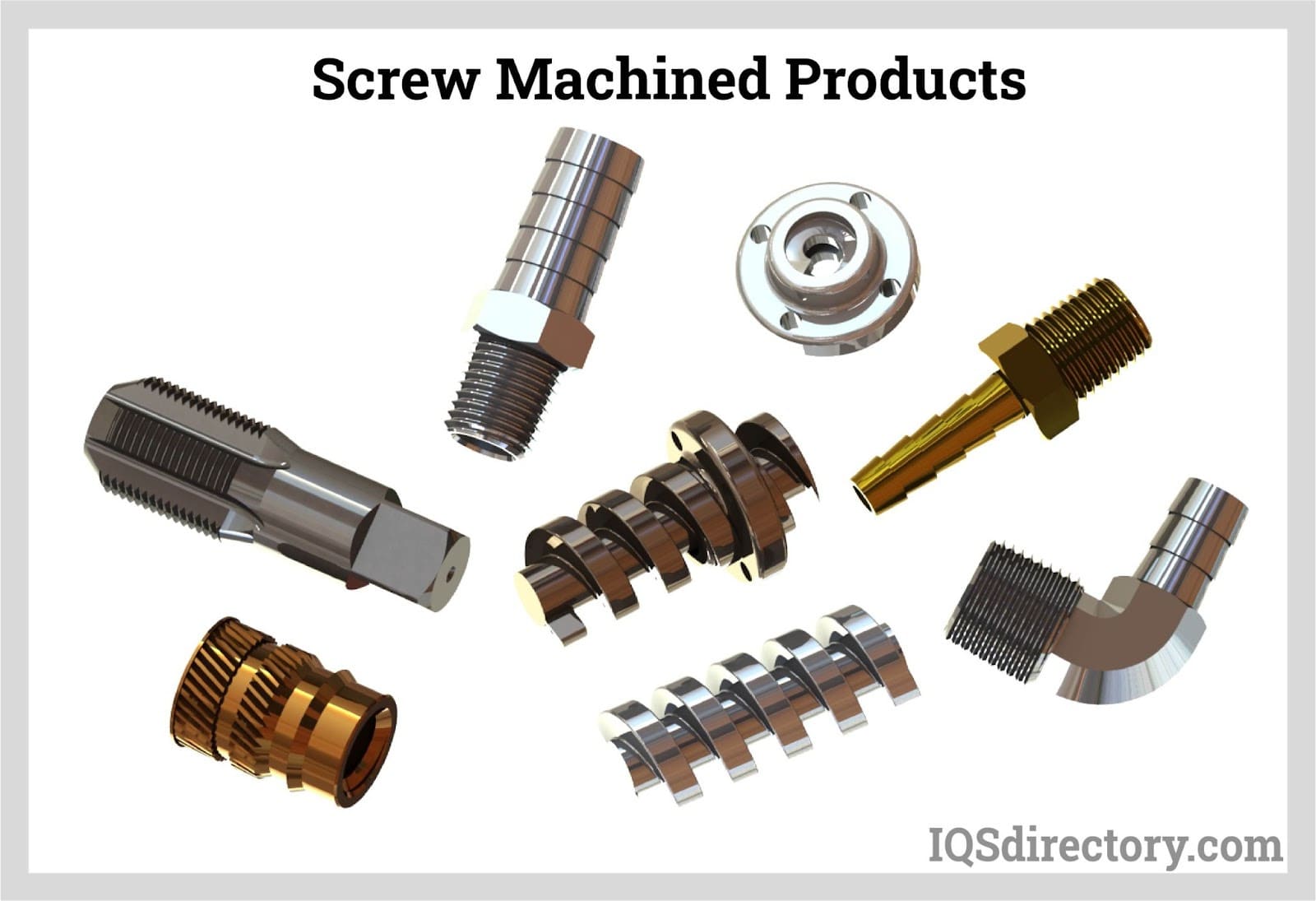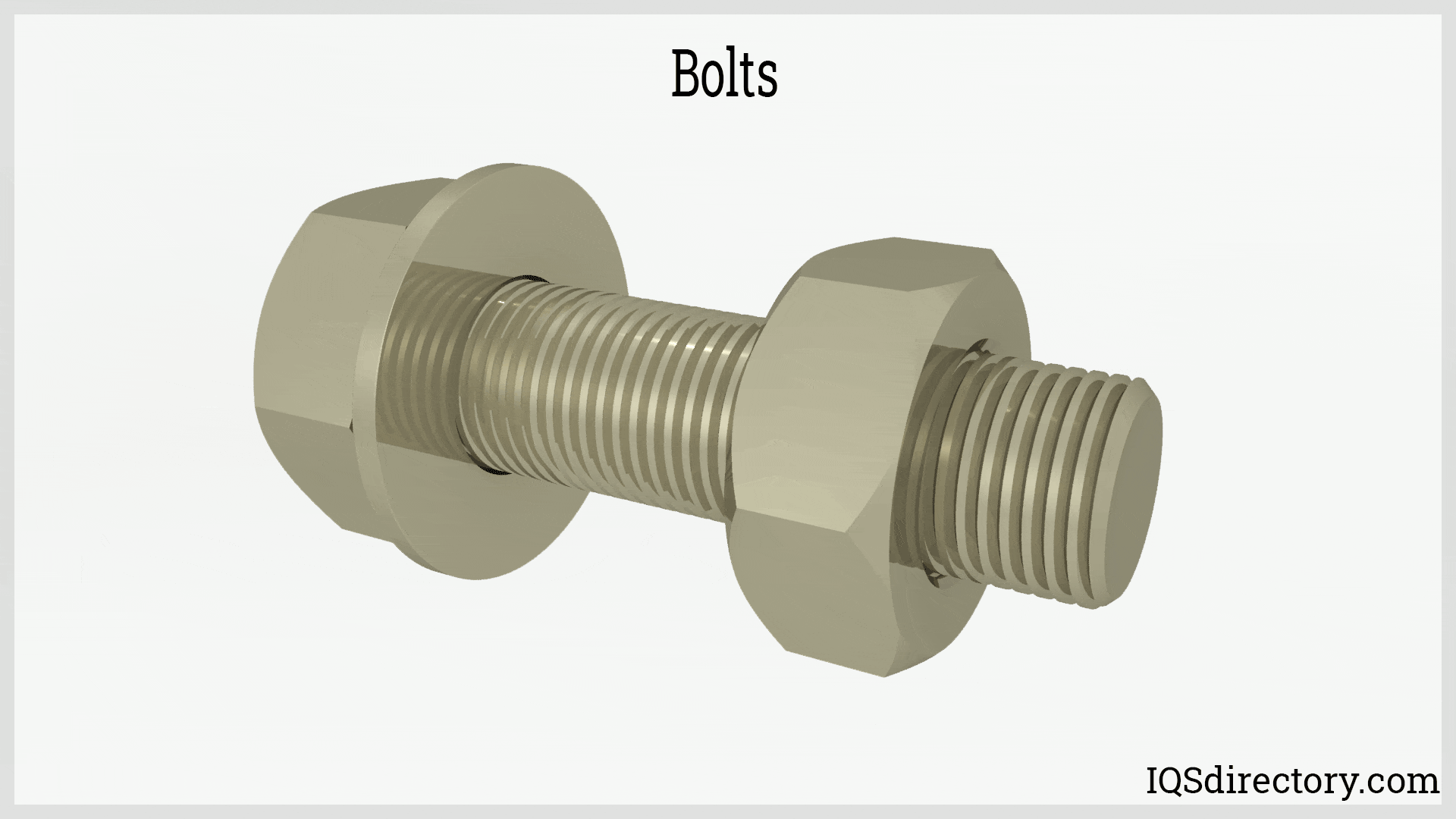Although the name might suggest products are chilled, they are actually processed at room or ambient temperatures which must be below the re-crystallization temperature of the material to be extruded. Read More…
Here at NSK Industries, Inc. we are a turnkey manufacturing which means we will supply your cold forming needs with a short amount of lead time. Our company manages four facilities and we strive to be an unsurpassed supplier. We have the background and production lines that can get your projects done regardless of complexity. We are eager to adhere to your specifications. Please visit our website ...

As cold forming, threading and knurling specialists since 1970, we are highly skilled at manufacturing a wide selection of cold headed parts, including carriage, hex & wheel bolts, double end studs, high performance stud pins, rivets and specialty fasteners. Check out our size and style capabilities.

We are committed to customer satisfaction here at Universal Rivet Inc. We stock a wide variety of steel pins which results in fast turnaround on all orders but we also can customize any design to match your requests. Our economical solutions are durable and our seasoned teams are here to answer all of your questions. Contact us today if you would like to learn more about our company!

Blue Ridge Metals offers the very best in Wire Processing and Cold Formed products. All cold headed fasteners and components are produced and accomplished in strict conformance to the requirements of our customer specifications. Drawing on an unparalleled depth of experience, Blue Ridge Metals creates value for every customer through the fostering of teamwork and technology to better serve you.

More Cold Extrusion Manufacturers
Materials that are commonly extruded include soft metals such as aluminum, tin and lead as well as copper, steel, molybdenum and vanadium. In specialized applications polymers, ceramics and other materials are formed by cold heading or cold forming. Of each of these, aluminum is perhaps the most widely used material found in cold extrusion applications.
Stock shapes of these materials are pushed through a die or a series of dies as needed to achieve the desired dimensions. It is important that the raw material, the blank have a larger diameter or cross-section than that needed for the final product. Too small of a billet, ingot, or other stock shape will simply slide through the die unchanged.
Cold extrusion professionals can help determine the necessary materials for a specific task. Manufacturers providing this service offer fast turnaround for finished products with good surface finish, close tolerances and high material integrity. The squeezing effect of extrusion machines produces high density forms as the material is compressed, closing all voids.
The linear motion also elongates the material grains during the process of extrusion creating high strength and hardened parts and components. Automotive, electronic, pyrotechnics, packaging, marine, transport, chemical processing and construction industries consistently reap the benefits of cold extruded parts such as sheets, wires, rods, tubes, pipes, gaskets, seals, film, profiles and more.
Extrusion equipment, be it hot or cold has a relatively basic structure. Each machine has a tubular or cylindrical barrel that houses a punch such as a revolving screw, plunger or ram. In automated applications a hopper is attached and feeds raw materials to the punching apparatus for the process of impact extrusion. Manual extrusion machines have no hopper and instead technicians feed in the materials.
When engaged, the punch pushes the materials along into a die at the opposite end which shapes the extruded mass as needed. There are two main types of cold extrusion available. Forward extrusions employ a punch or ram which forces material forward through an opening in the die, or dies. This gap is designed with the intended cross-section in mind. Successively smaller dies may be used in conjunction with one another to produce reductions as high as 75% with forward extrusions.
Backward extrusion is just as it seems. The materials housed in the die are forced back towards the punch. This technique is used to produce blind holes, cups and the like. While the cross-section may become larger with back extrusions, the overall area is reduced as much as 75%. Several applications necessitate a combination of forward and backward extrusions which, when performed simultaneously, can produce parts with greater complexity than afforded by either extrusion process on its own.











 Cold Headed Parts
Cold Headed Parts Expanded Metals
Expanded Metals Metal Spinning
Metal Spinning Powdered Metal Parts
Powdered Metal Parts Roll Forming
Roll Forming Springs
Springs Wire Forms
Wire Forms Wire Mesh
Wire Mesh Castings & Forgings
Castings & Forgings Bulk Material Handling
Bulk Material Handling Electrical & Electronic Components
Electrical & Electronic Components Flow Instrumentation
Flow Instrumentation Hardware
Hardware Material Handling Equipment
Material Handling Equipment Metal Cutting Services
Metal Cutting Services Metal Forming Services
Metal Forming Services Metal Suppliers
Metal Suppliers Motion Control Products
Motion Control Products Plant & Facility Equipment
Plant & Facility Equipment Plant & Facility Supplies
Plant & Facility Supplies Plastic Molding Processes
Plastic Molding Processes Pumps & Valves
Pumps & Valves Recycling Equipment
Recycling Equipment Rubber Products & Services
Rubber Products & Services